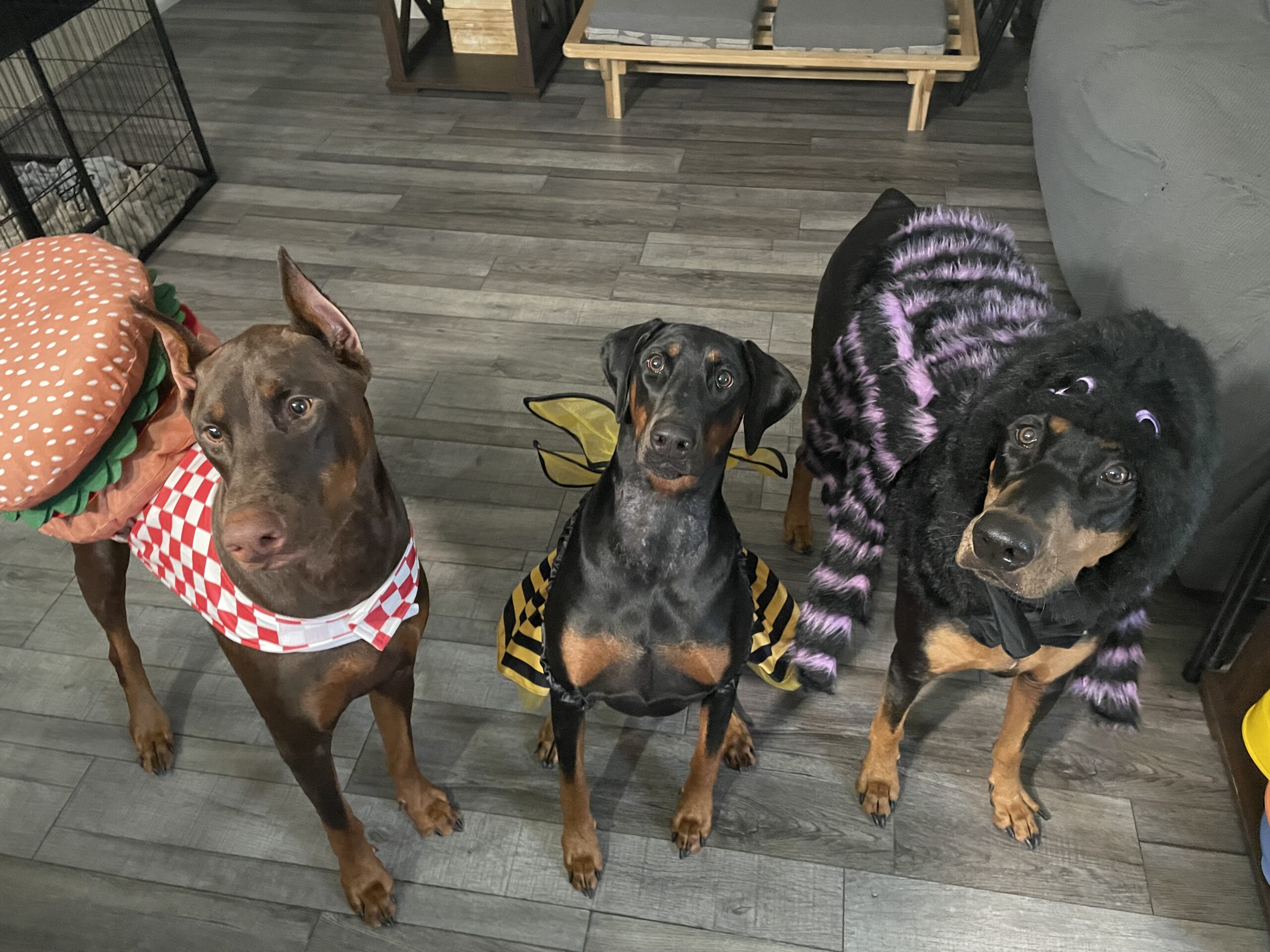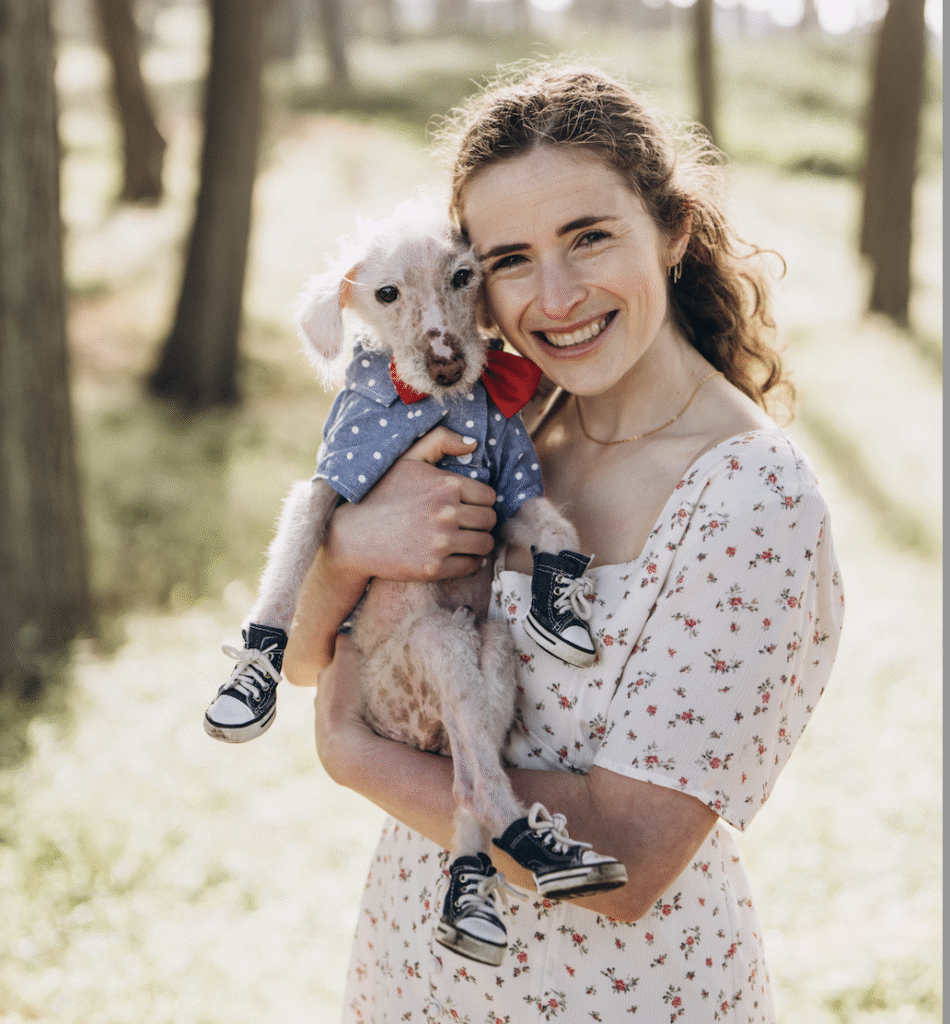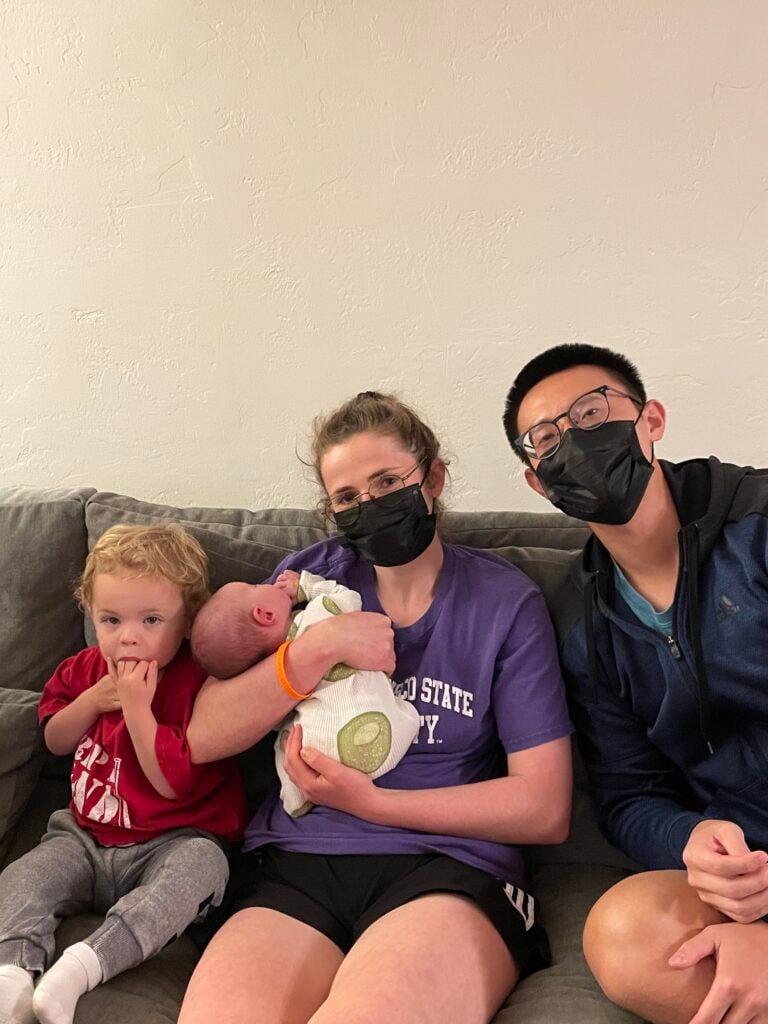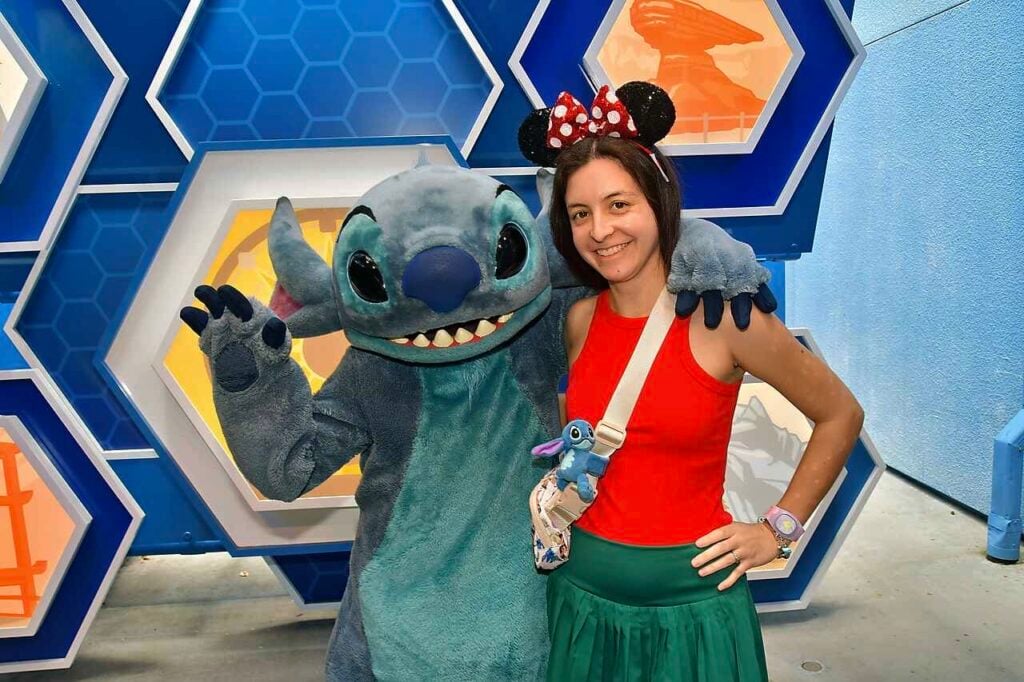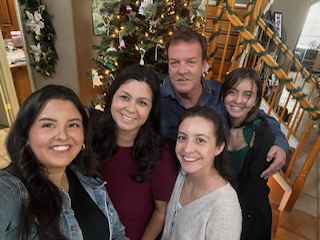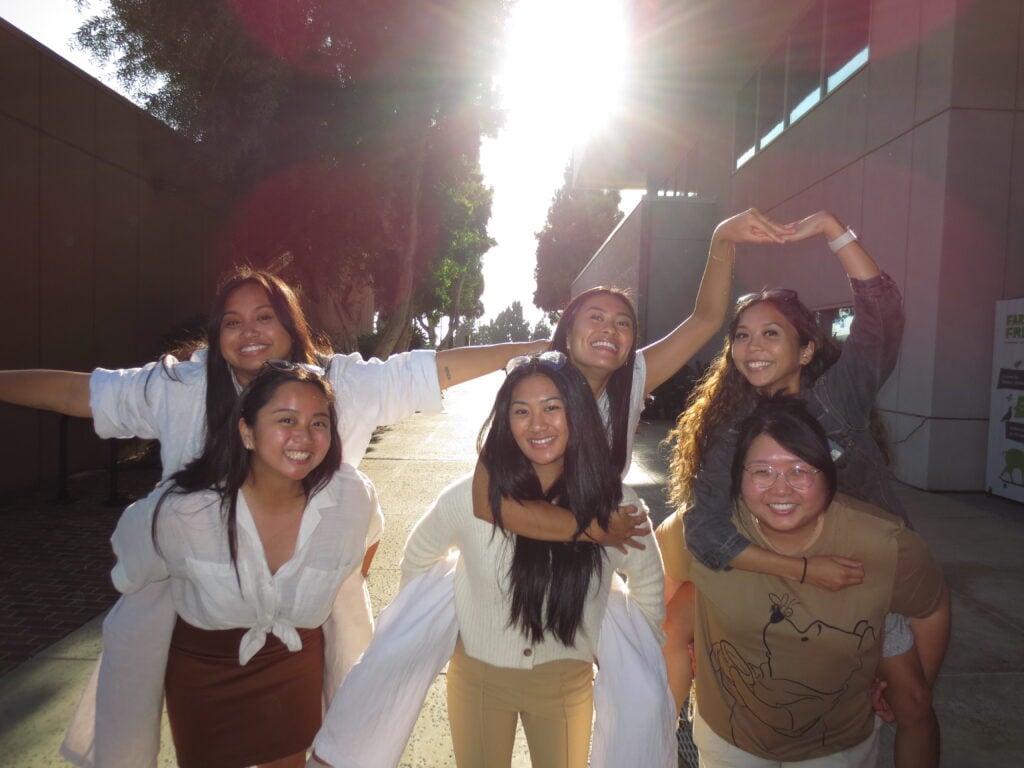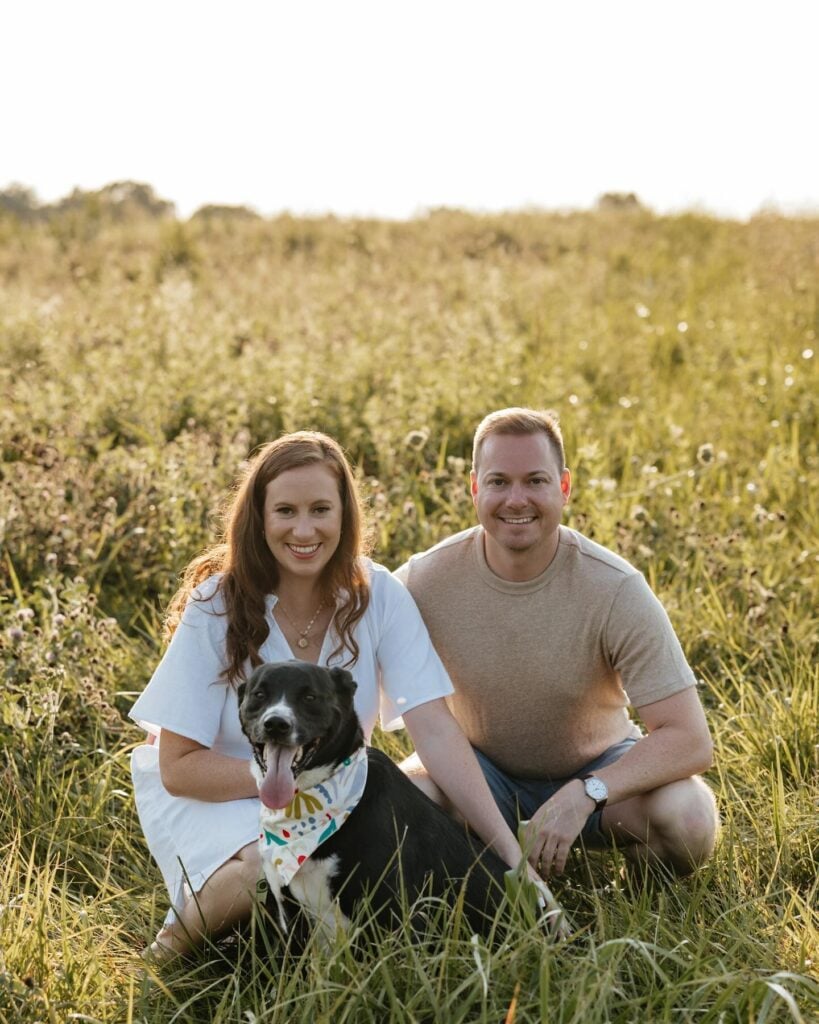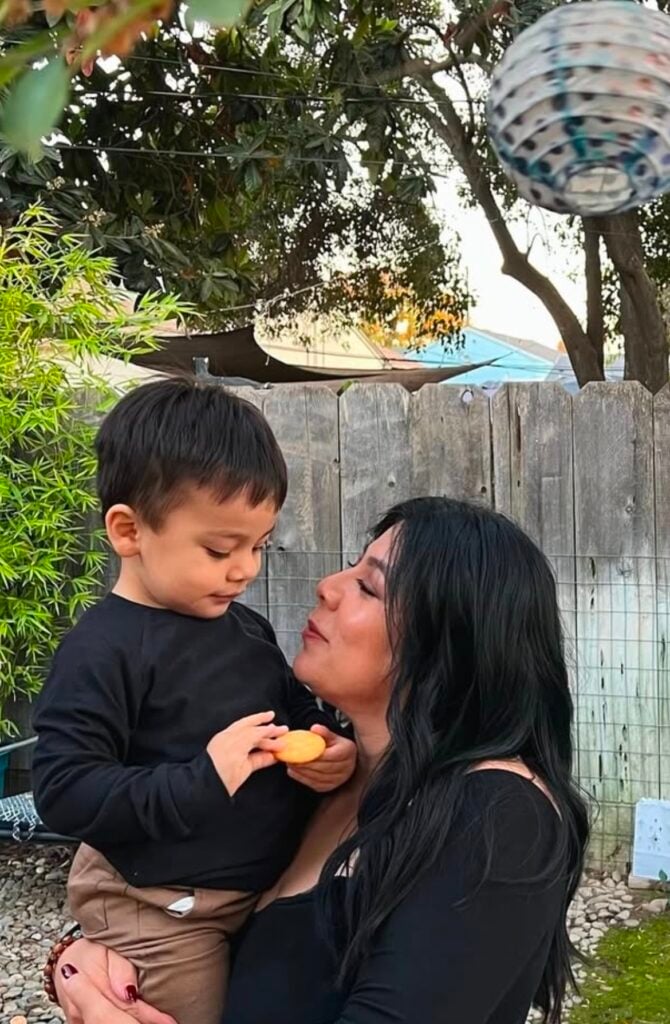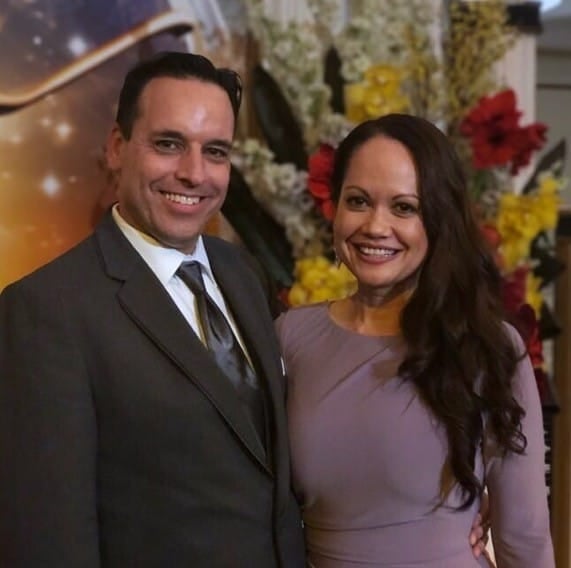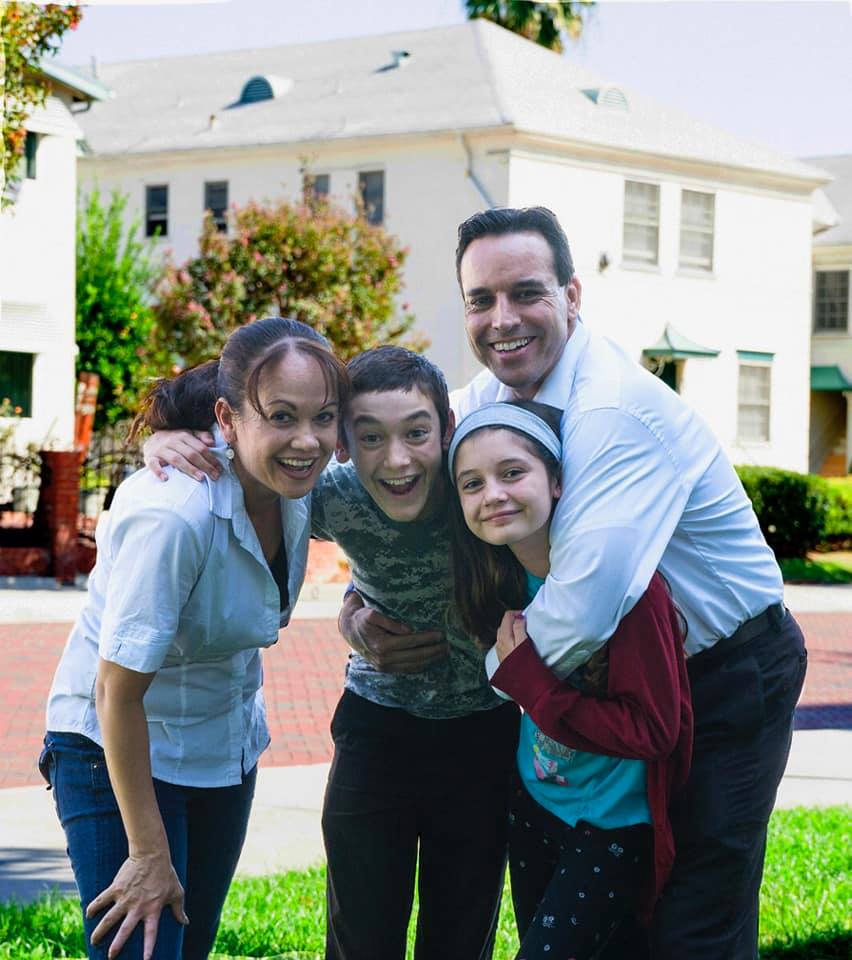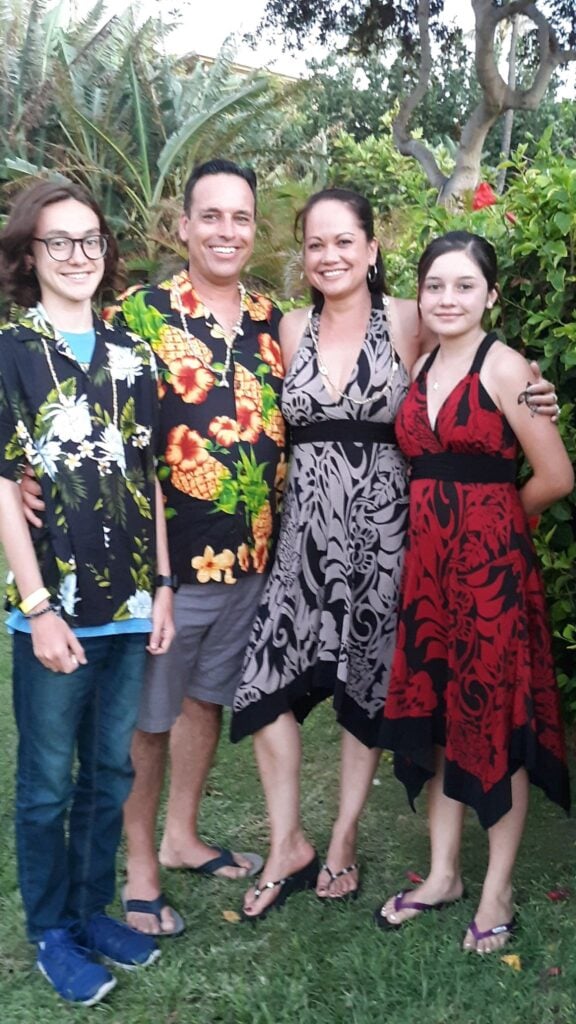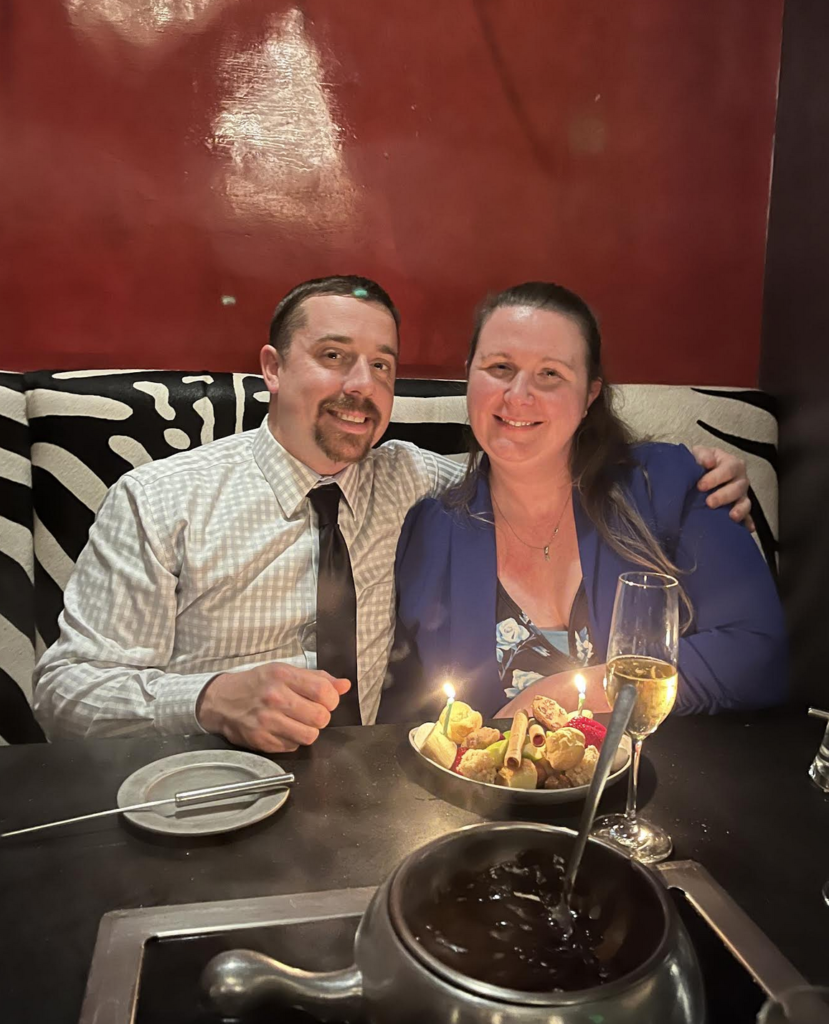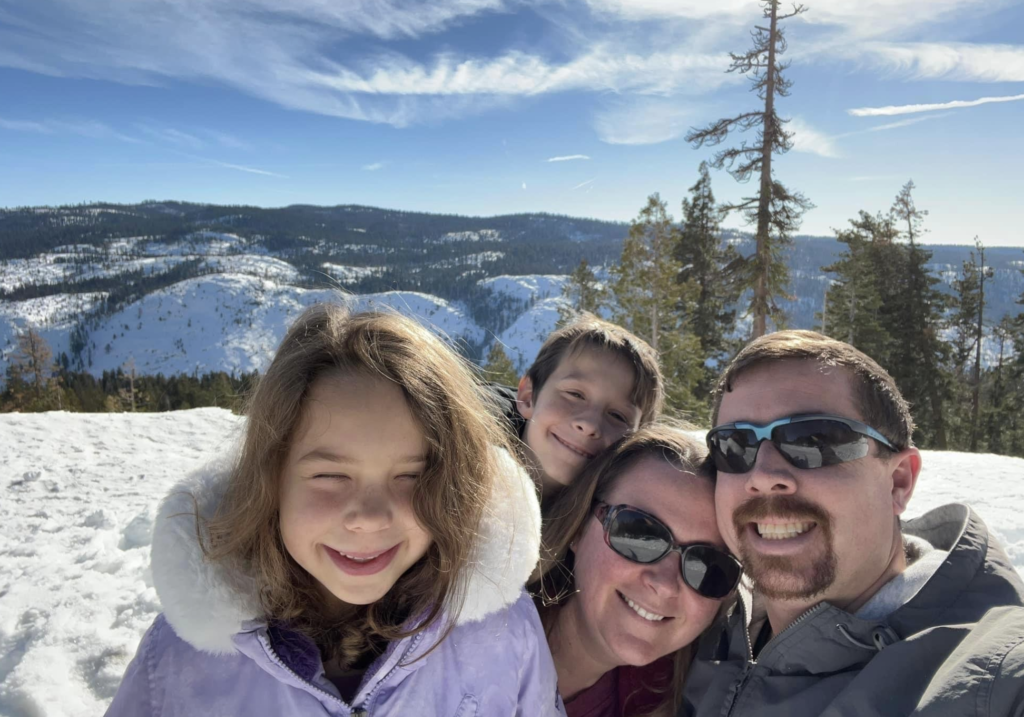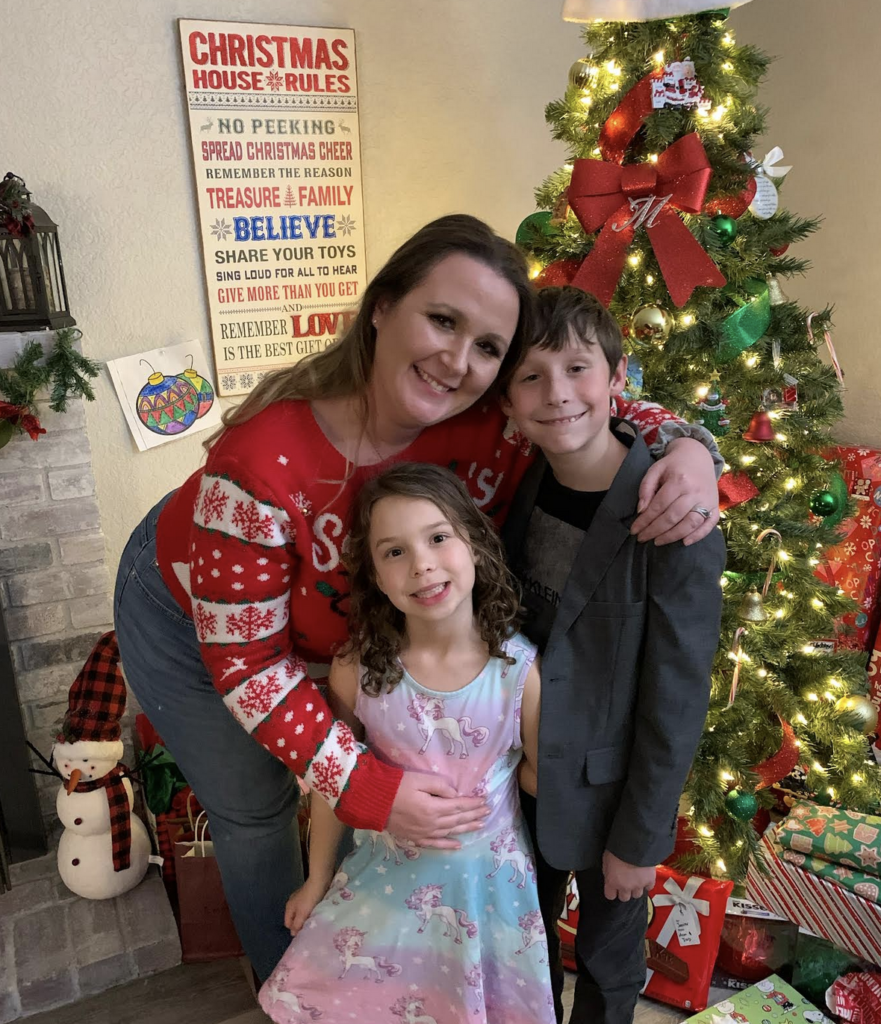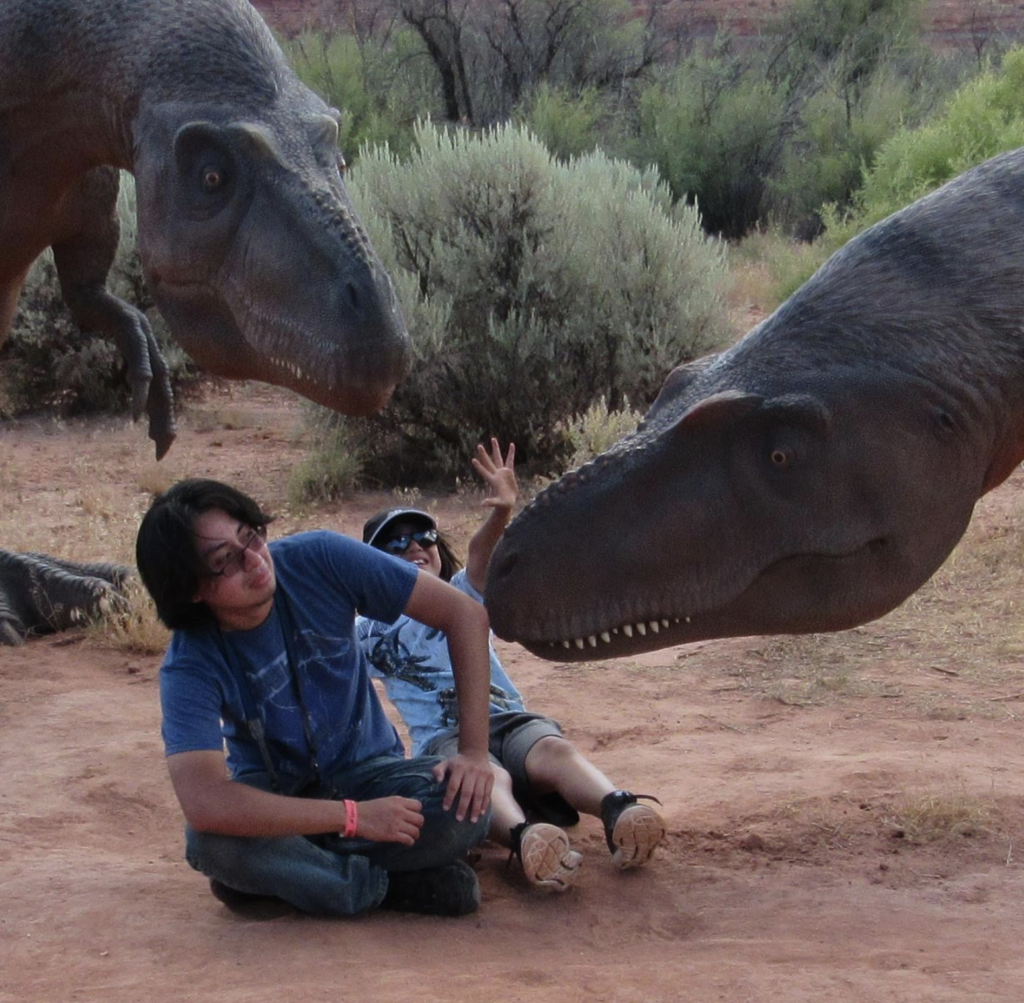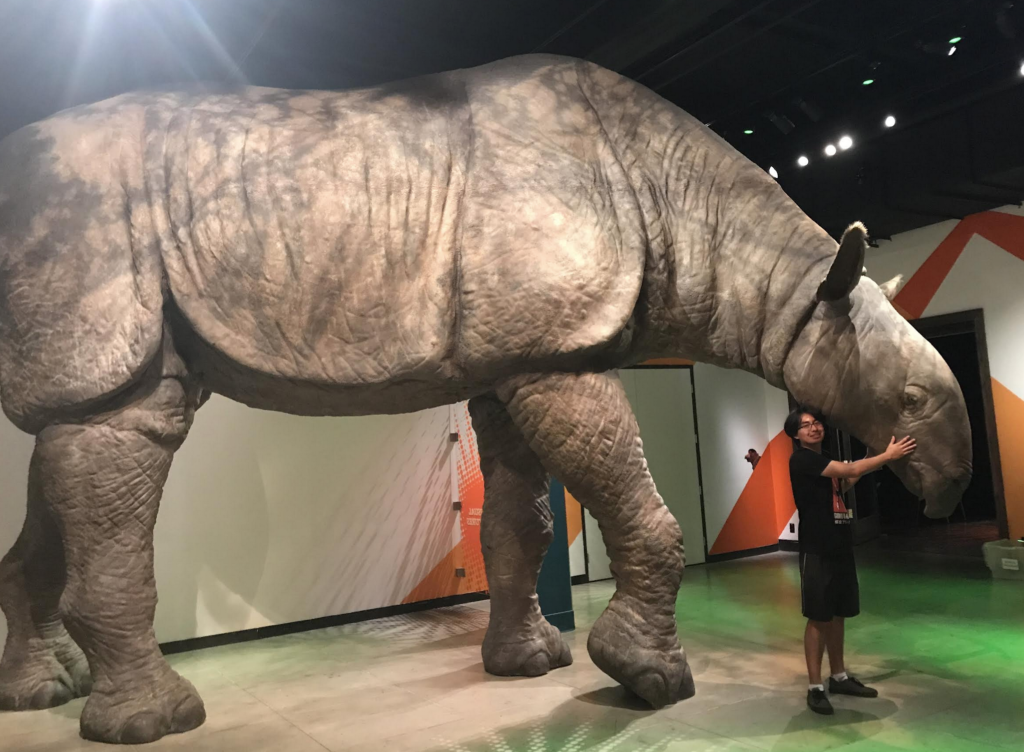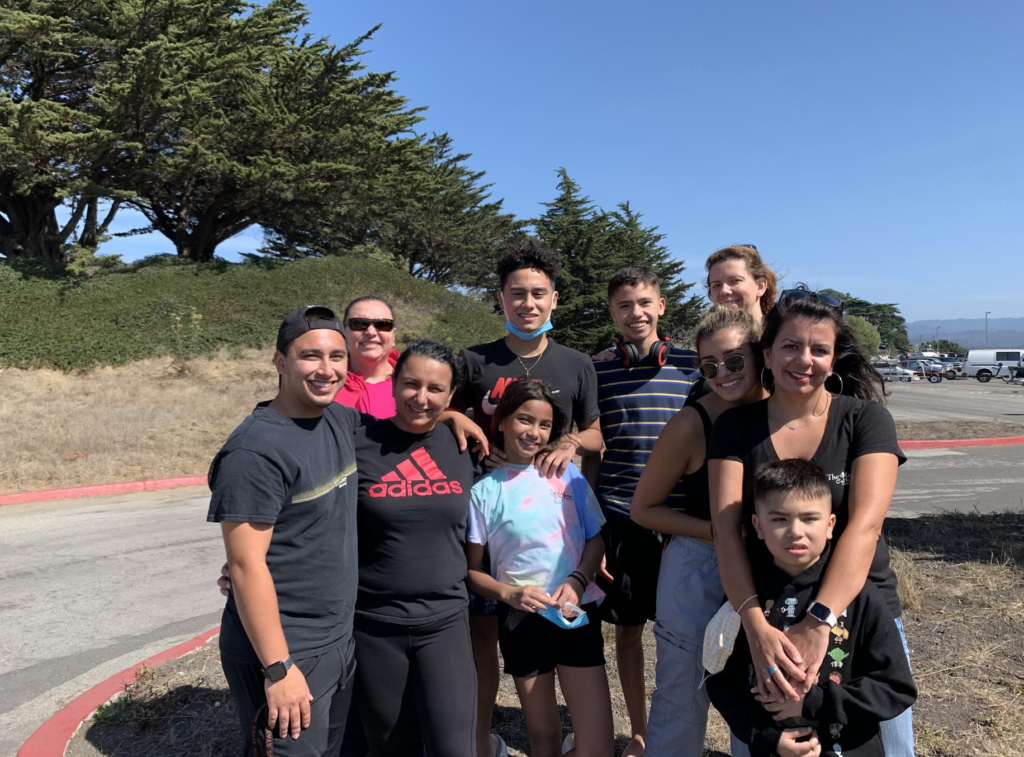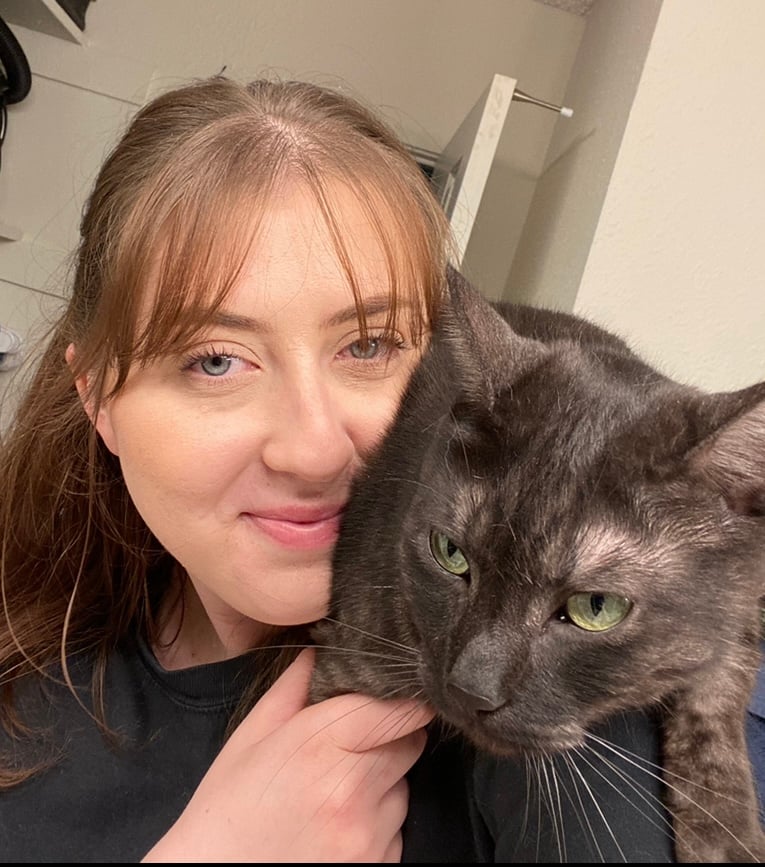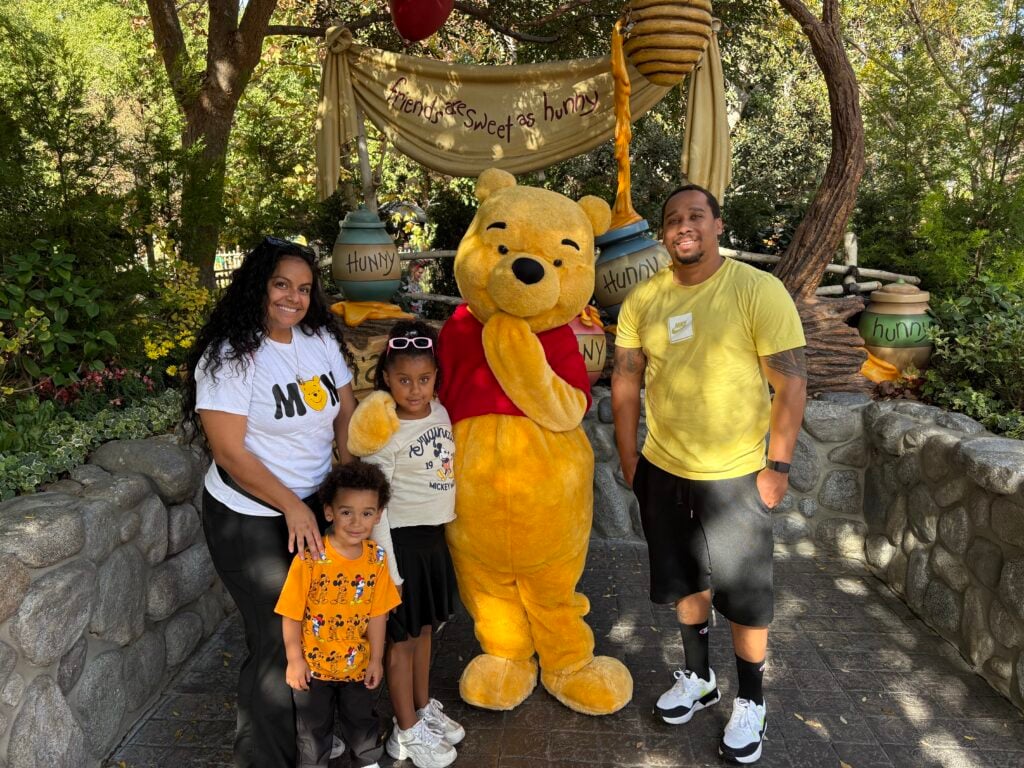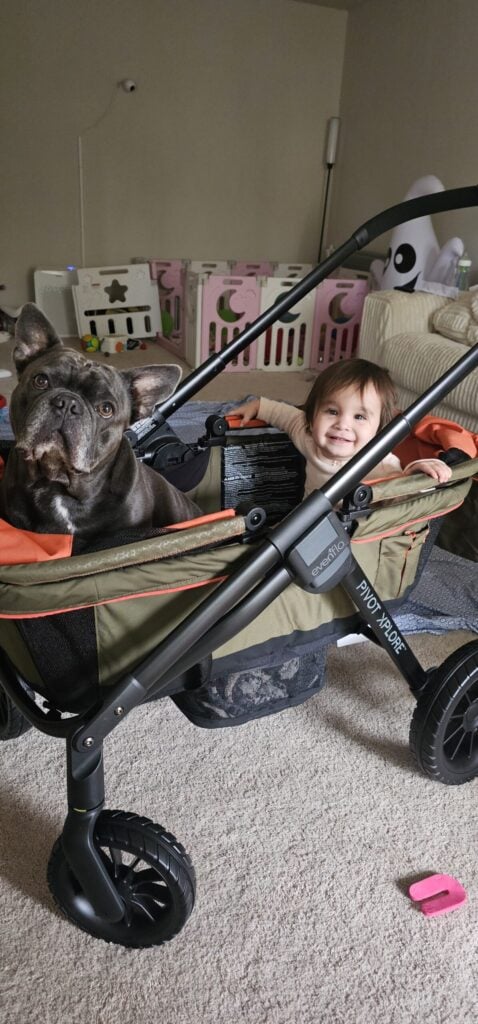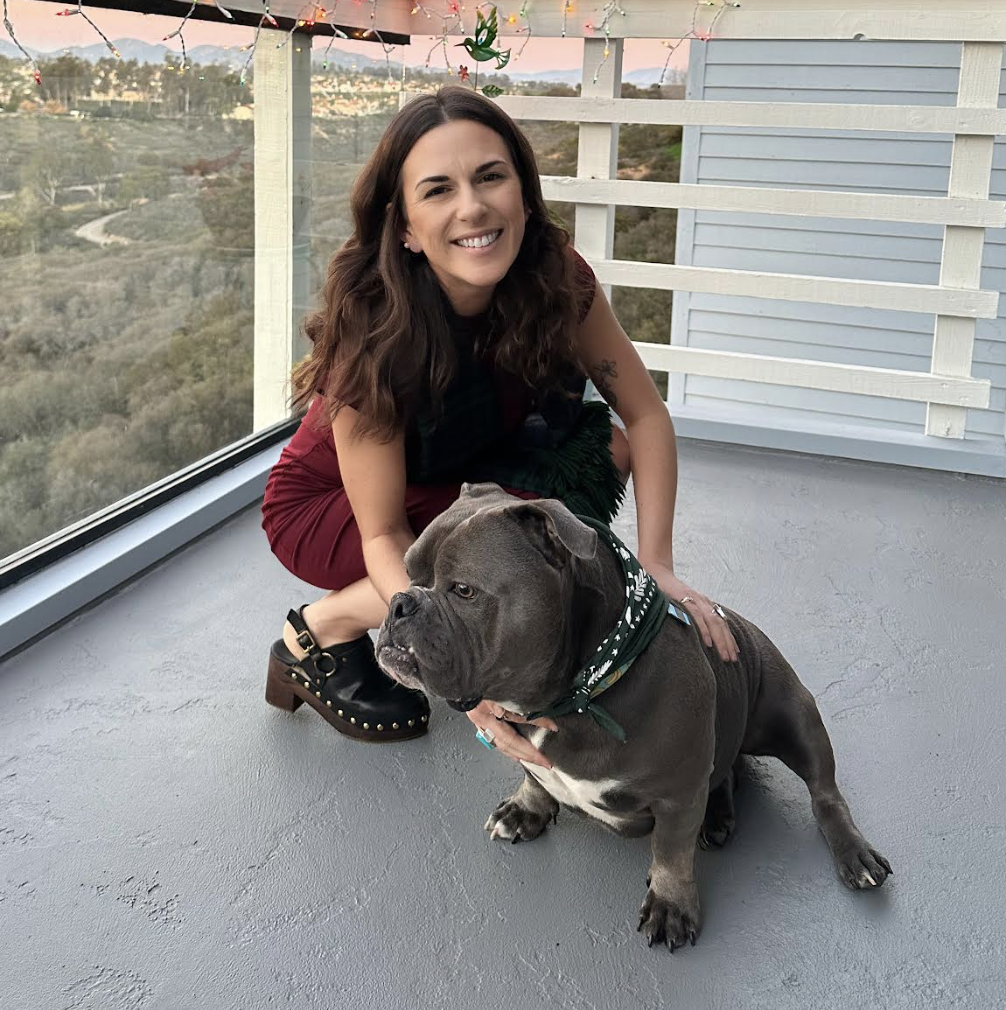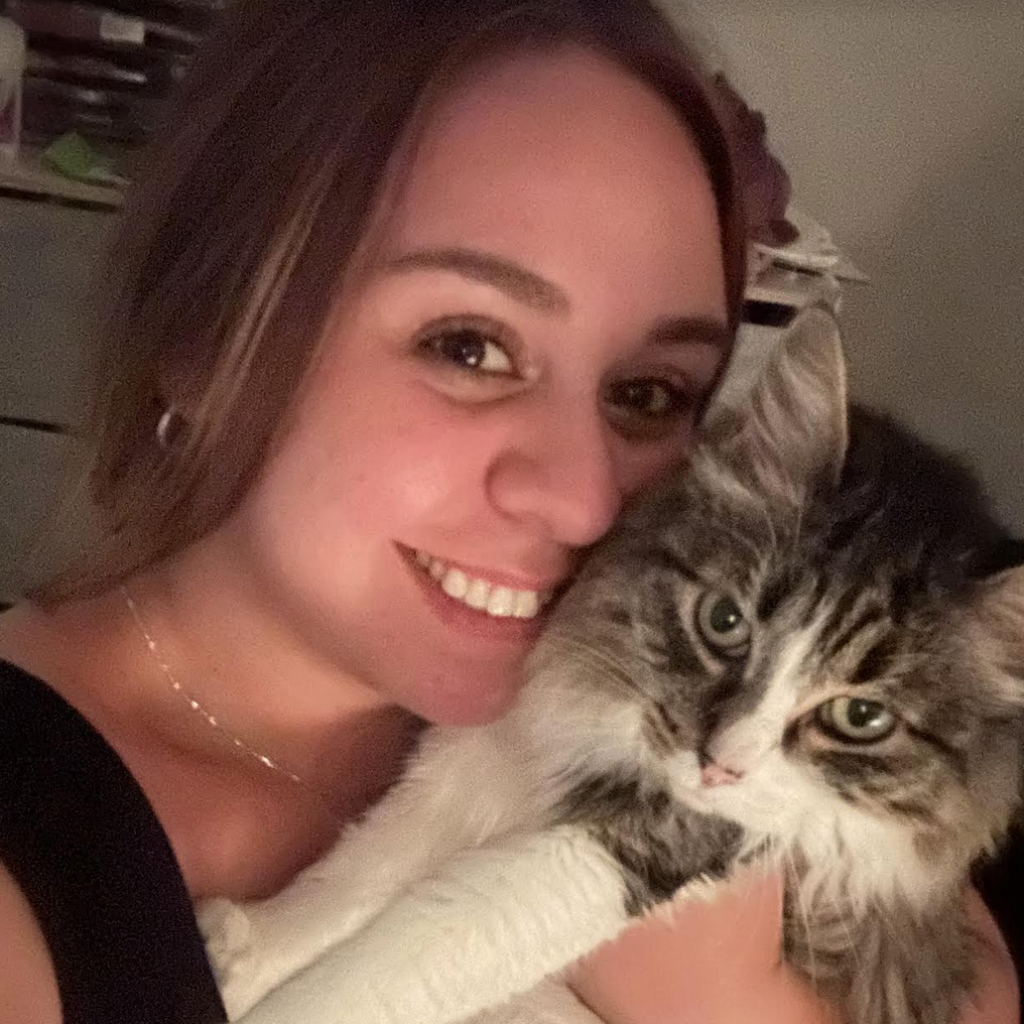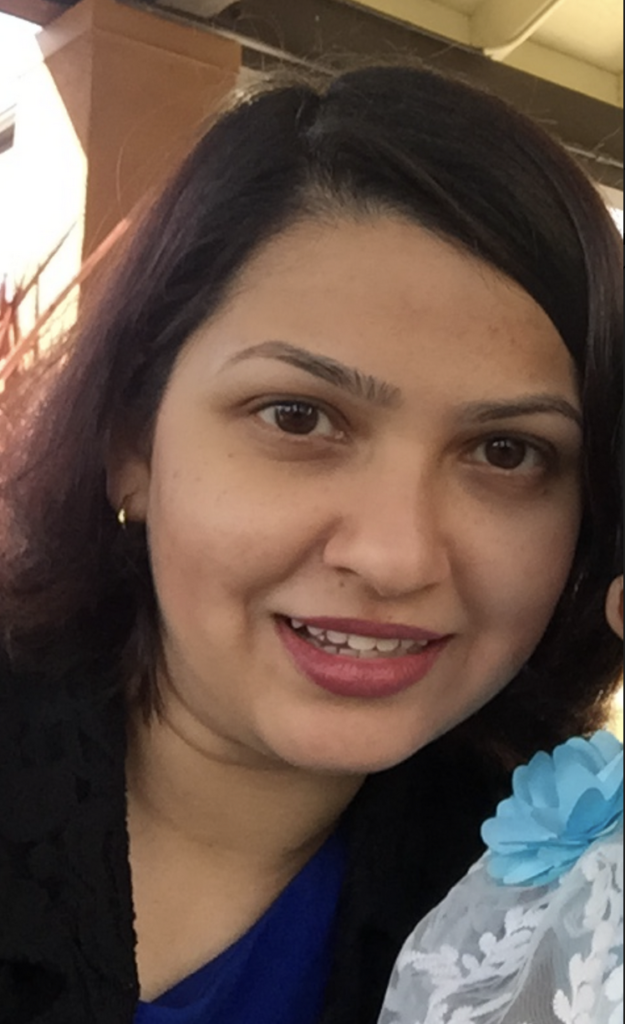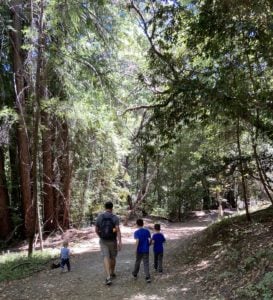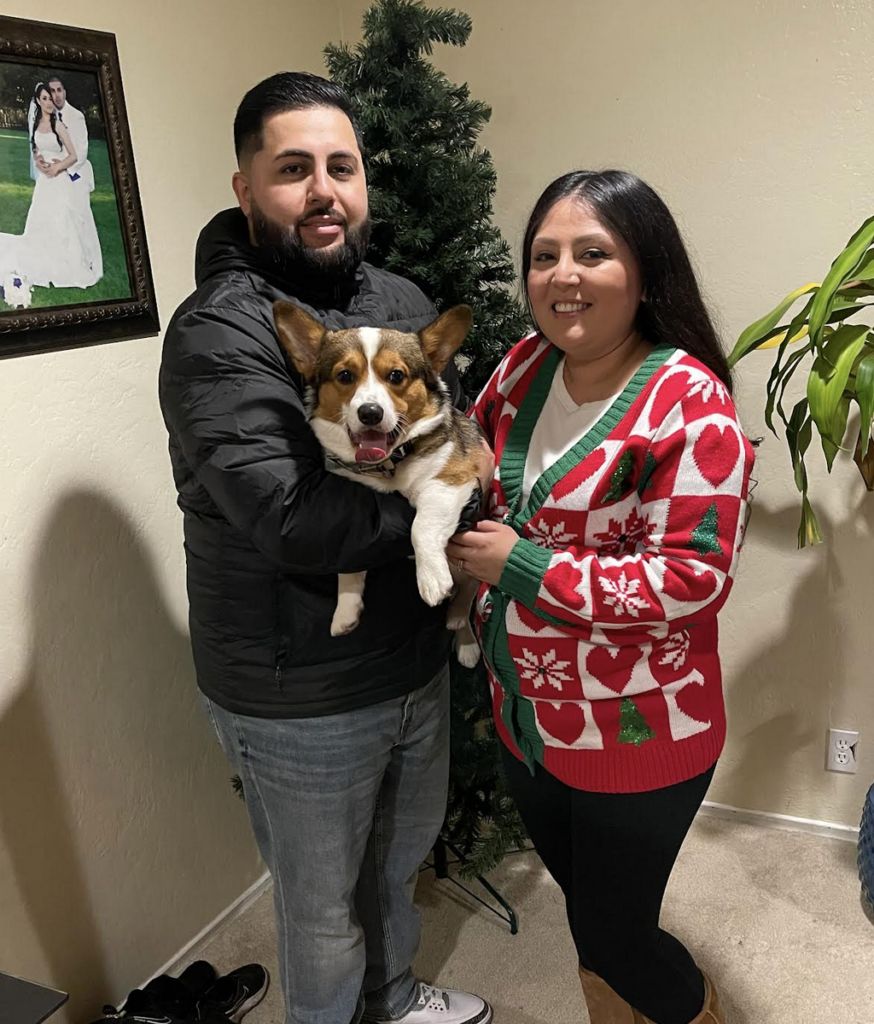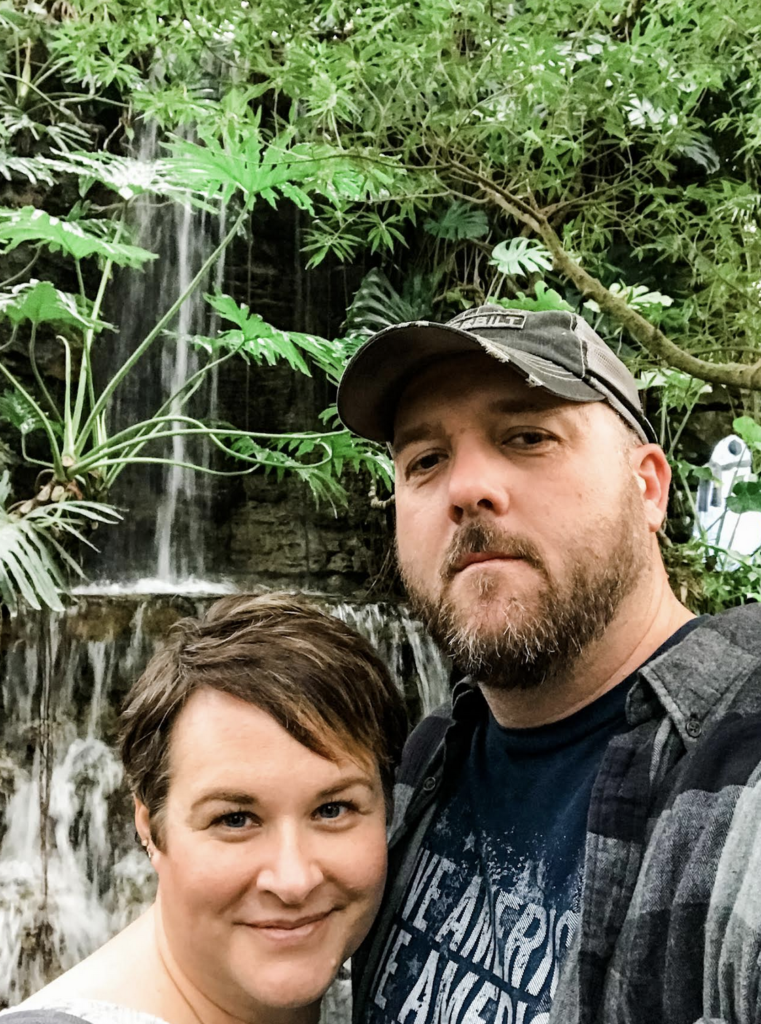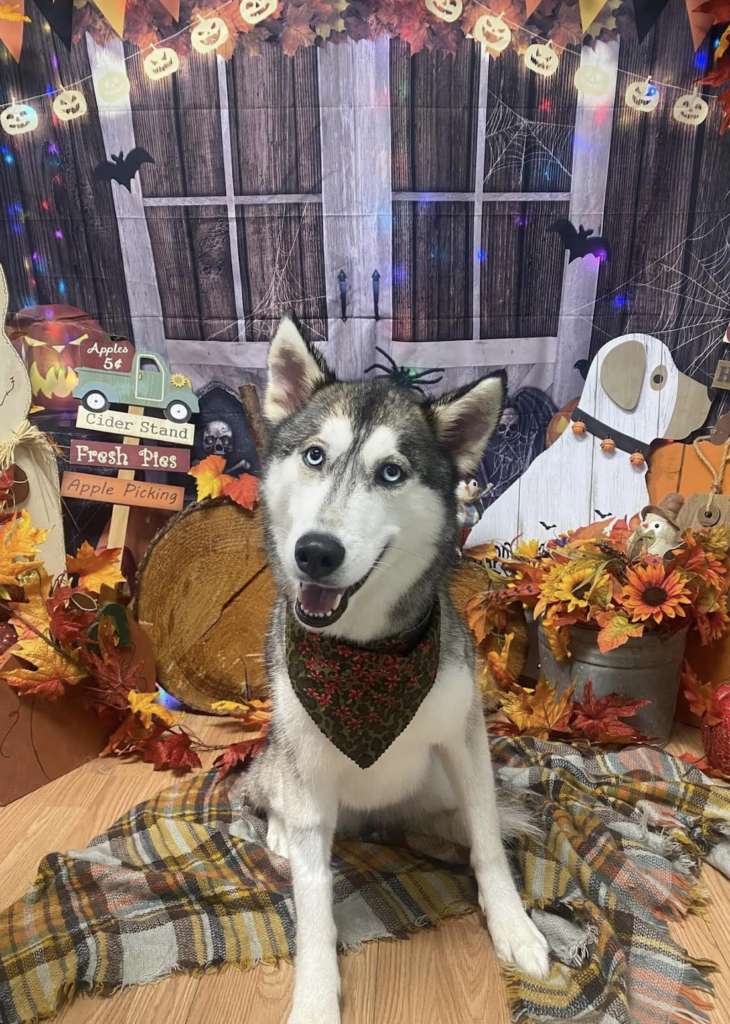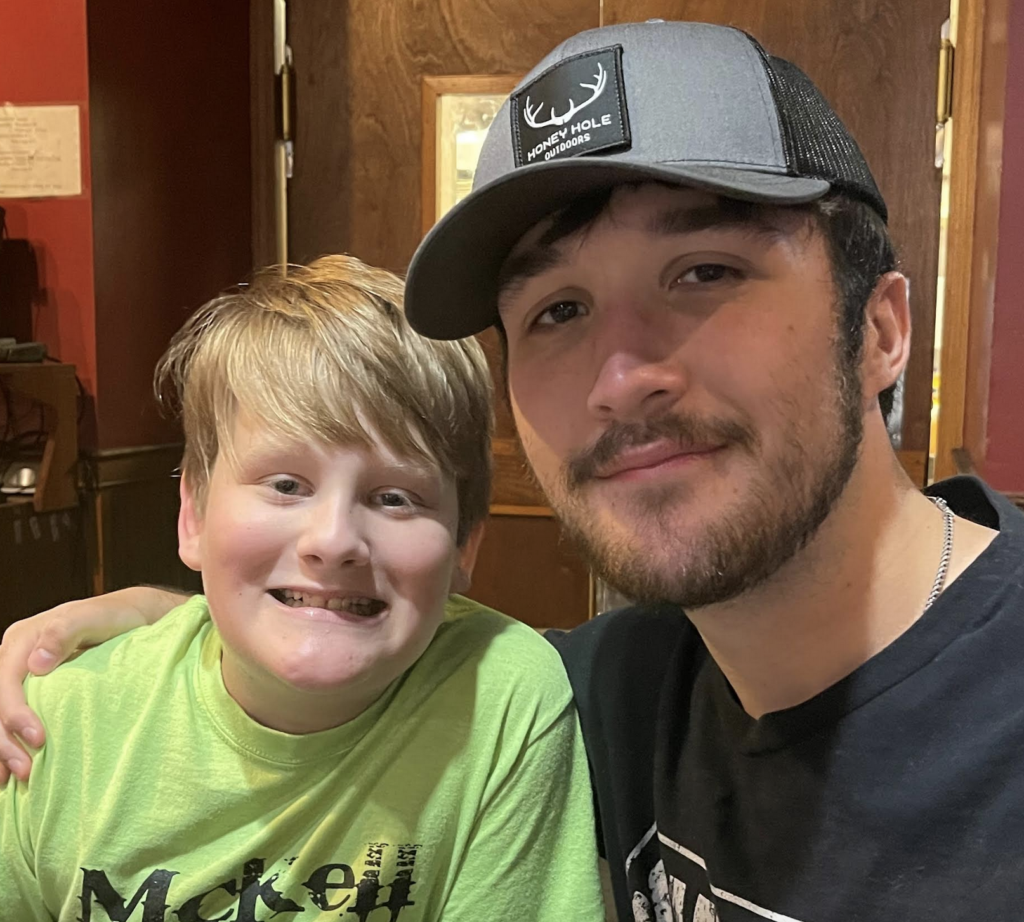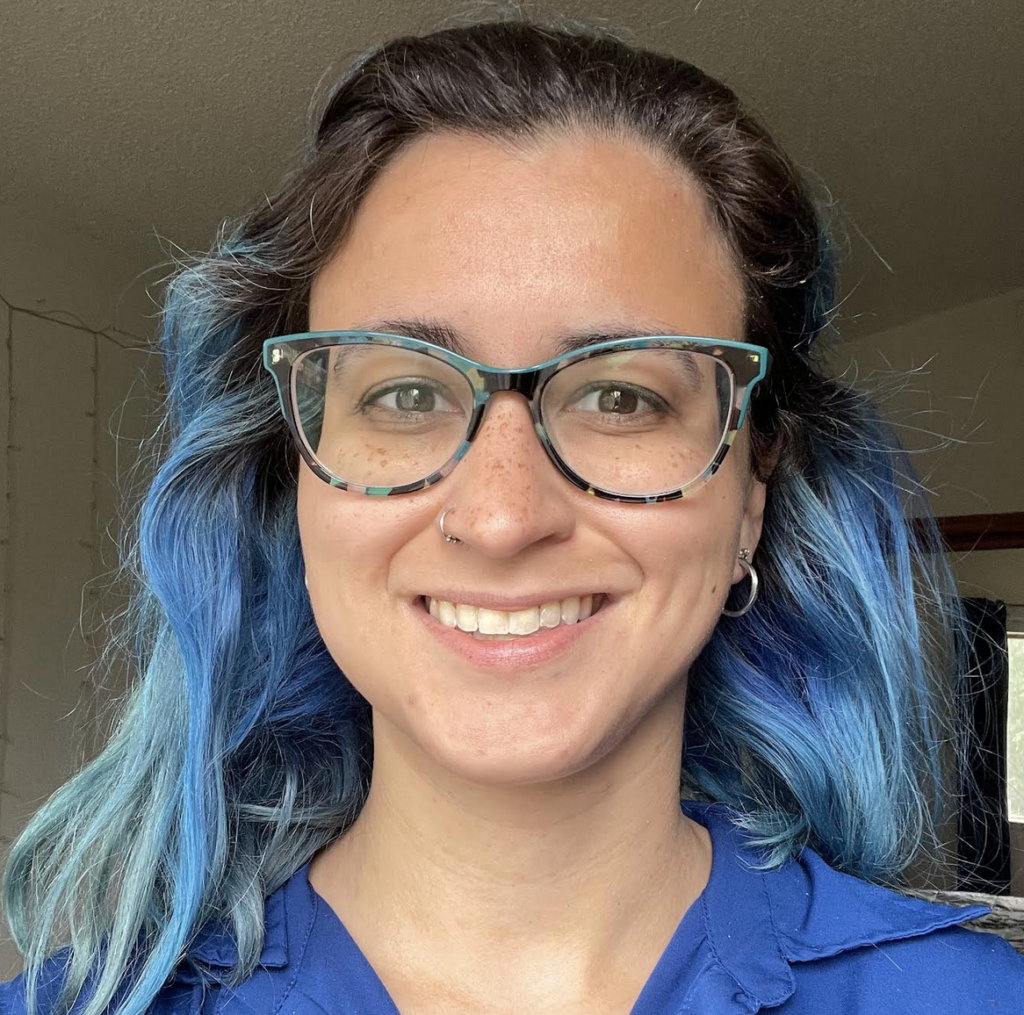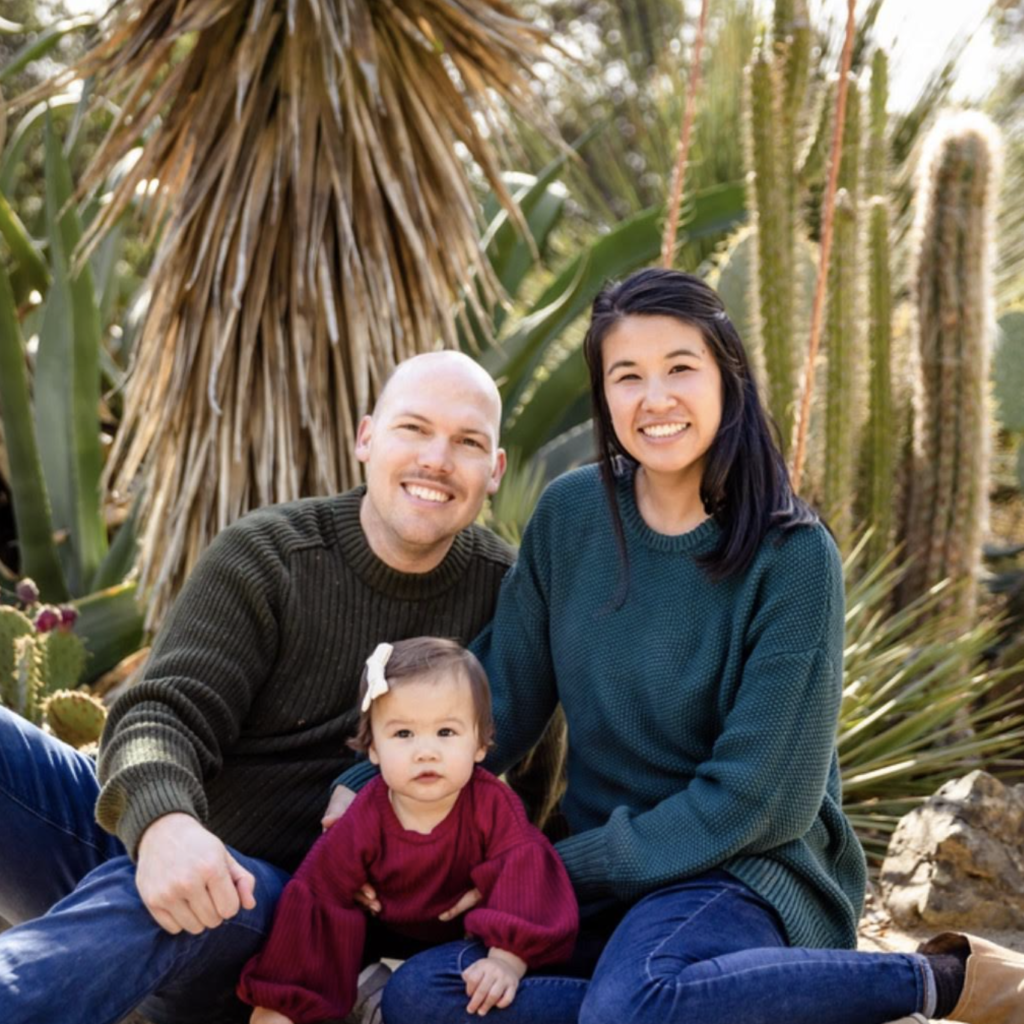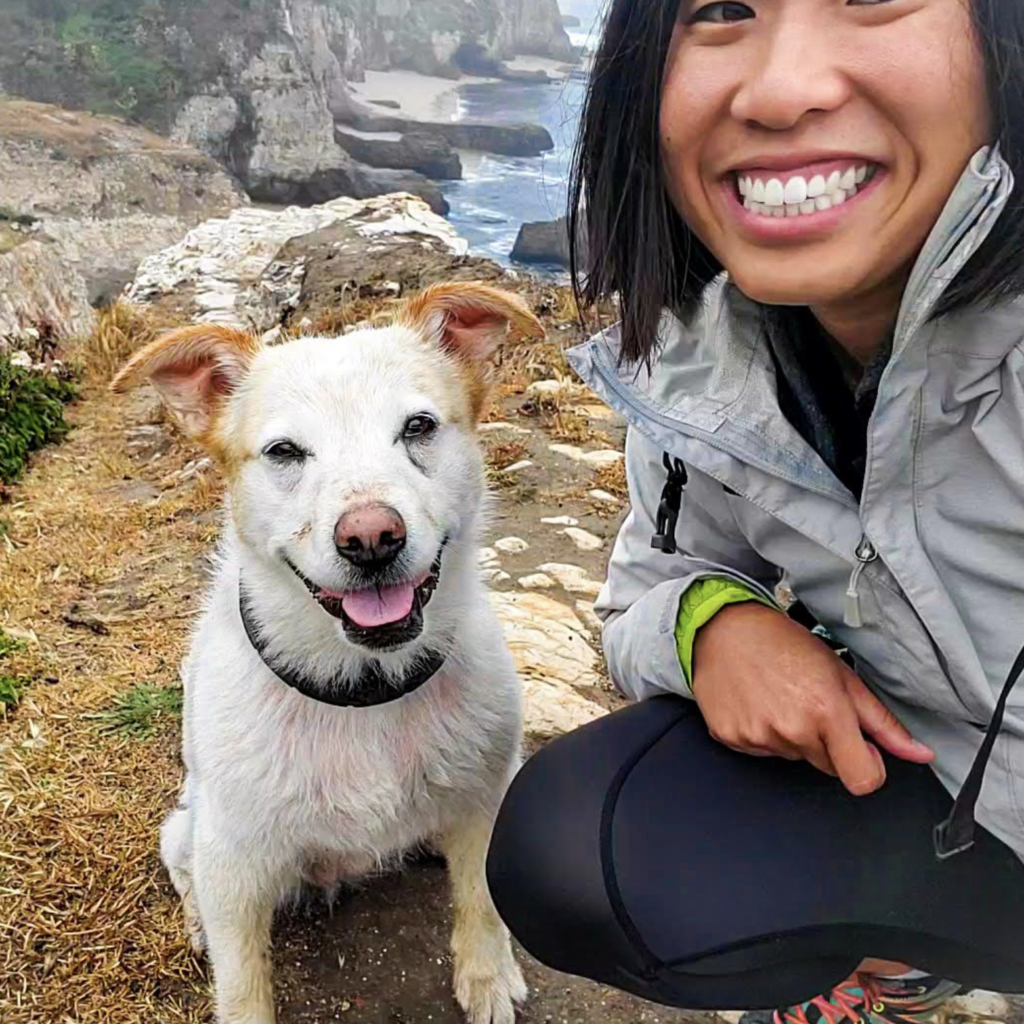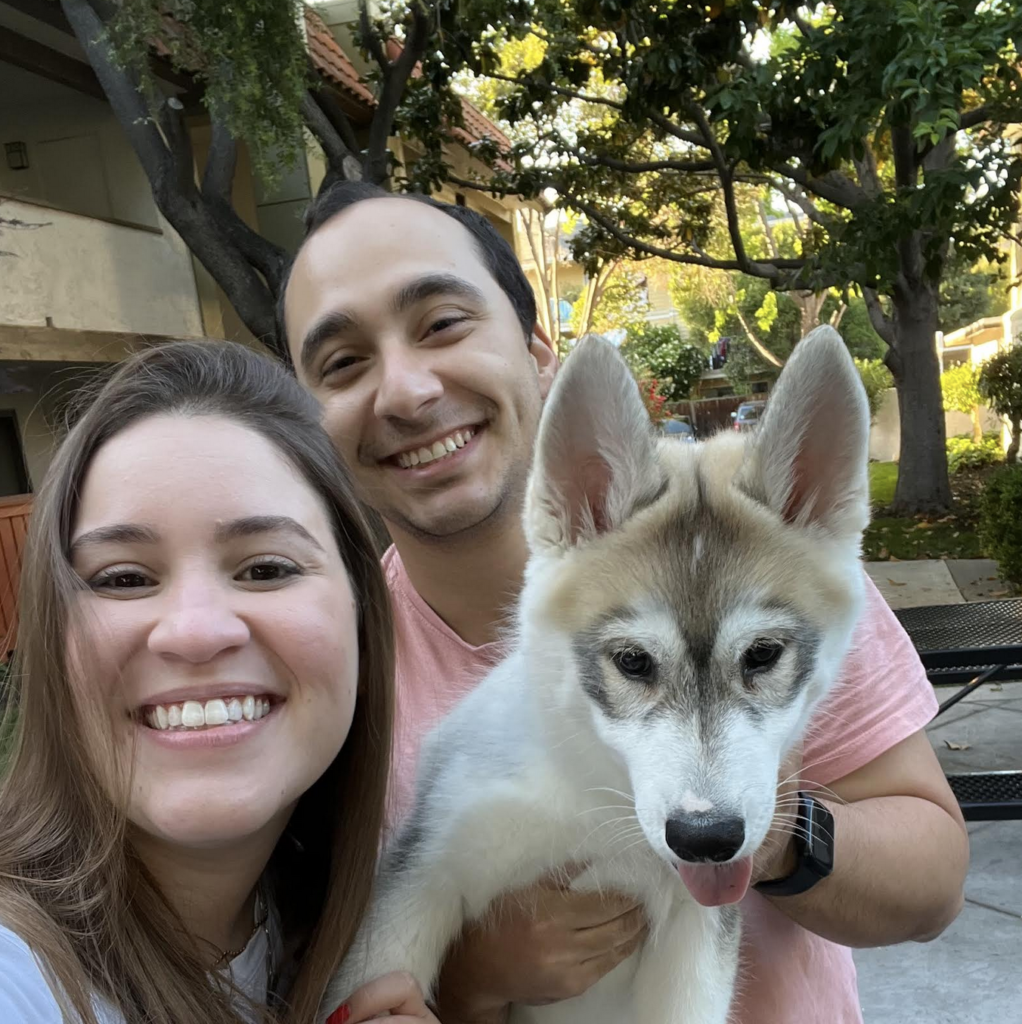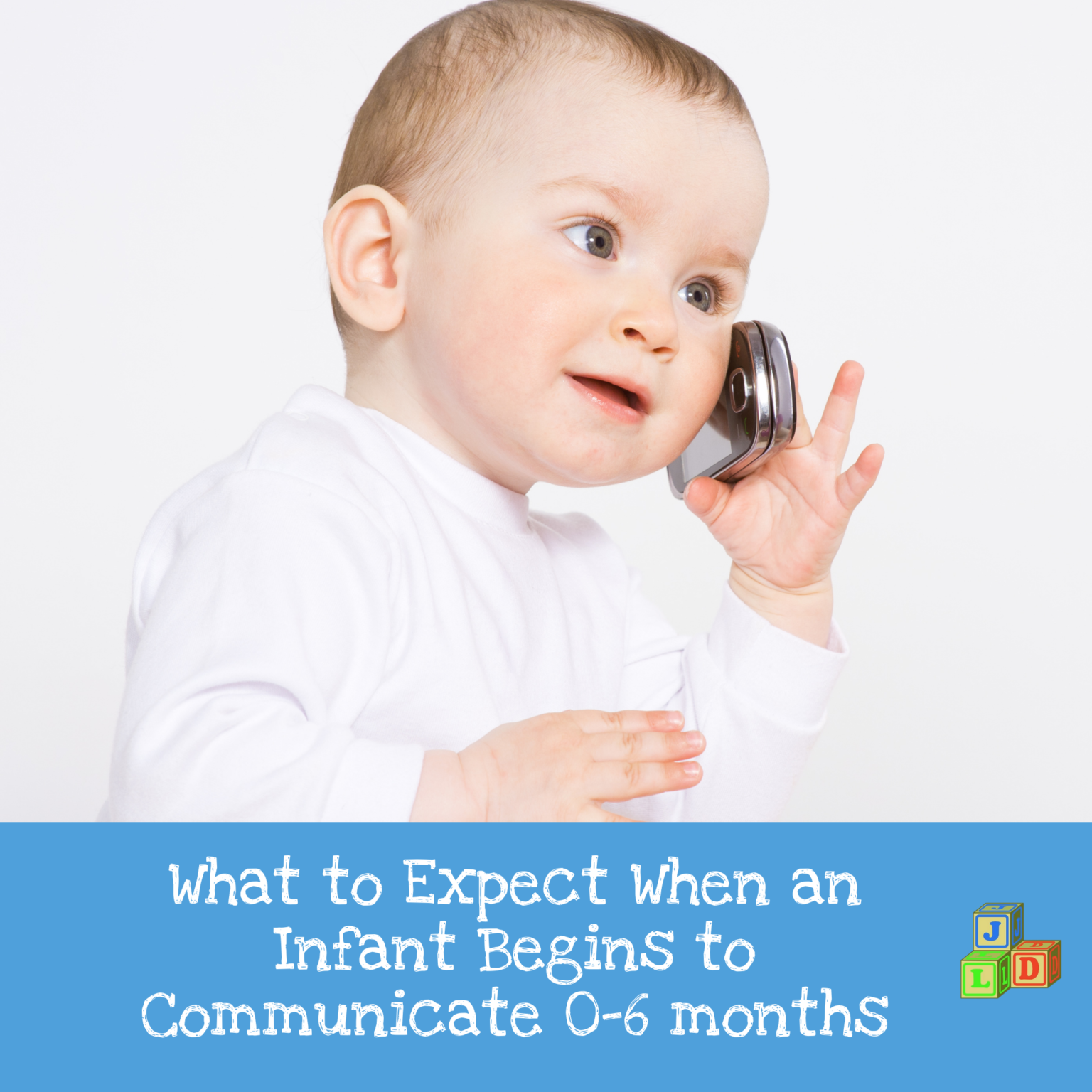
Even though young infants don’t speak to us with words, they typically begin to communicate as soon as they are born! How do they communicate? They cry, change their facial expressions, gesture, coo, and make other sounds. The infant and toddler’s brains are developing rapidly. From the time babies are in the womb, they are listening to language and absorbing patterns of sounds and speech. They are continually learning! In the beginning, they are simply reacting to the environment with their expression. As they receive responses to their communication efforts, they learn what works. They then change how they communicate. For example, babies cry and are picked up. They learn that they will get a response when they cry, that their cry is effective. They will cry like this again when they want to be picked up. This begins their communication learning and is a valuable lesson for them.
What is typical for infants as they develop communication? Children vary in their rate of development, but they generally follow a pattern or progression. Below will be listed “milestones” or achievements typically reached. First, let’s look at some of the words used and what they mean.
What Do These Words Mean?
“Neurotypical” means having a typically developing brain and nervous system.
“Communication” means the expressing and receiving of information. This can be verbal or nonverbal.
“Language” means a way of communicating through a system of shared rules. We use language by speaking, writing, signing, or making other gestures such as eye blinking or mouth movements.
“Speech” means talking by using recognizable sounds of language to convey meaning.
“Voice” means the sound made by pushing air through the vibrating vocal folds in the “larynx,” the voice box.
“Babble” means to produce sounds or words imperfectly, without being understood.
Milestones Typical for Infants
The following milestones may be reached during these age ranges in neurotypical infants. They are a guideline for the order of development.
By three months, your infant may:
- React to loud sounds
- Calm down or smile when talked to
- Recognize your voice
- Smile when they see you
- “Coo” or make other sounds indicating pleasure
- Have special cries for different needs
By six months, your infant may:
- Move their eyes toward sounds
- Respond to differences in the tone of your voice
- React to toys that make sound
- “Babble” using sounds including “P, B, M”
- Make “gurgling” sounds
- Use their voice to express pleasure and displeasure
- Laugh
- Pay attention to music
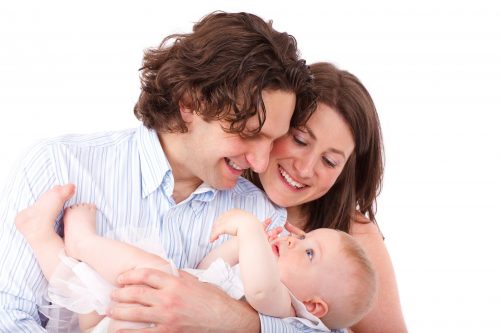
As mentioned, infants naturally vary in the rate they achieve these milestones, yet they follow this progression. If you have concerns that your baby is not on-track for their age, please share these concerns with your baby’s doctor. They will be able to assess if there is a medical reason for any delay. If the delay is significant, they may refer you to a speech-language therapist to help your child’s development of communication.
There are many ways to help stimulate your child’s communication development. You can provide a language-rich environment and respond to their communication attempts. Please see blog posts on this topic.


